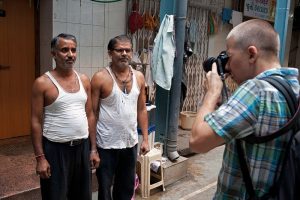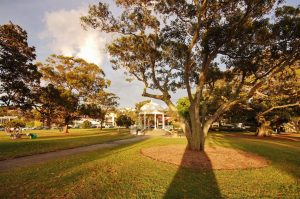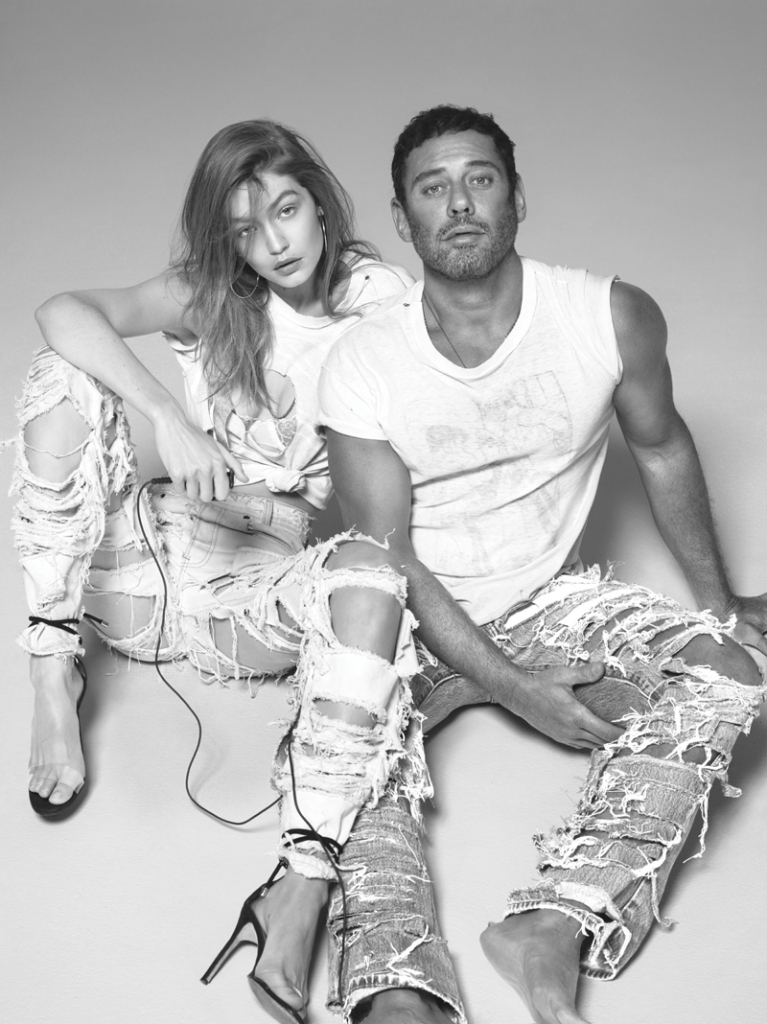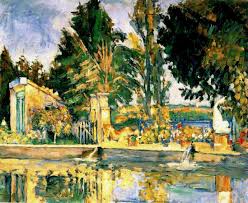materials
JAY MAISEL – MASTER OF STREET SHOOTING, COLOR AND LIGHT
 A New Yorker and passionate fan of the Big Apple, Jay Maisel (© Jay Maisel) is one of the world’s leading street-style photographers. Among professionals, he enjoys the fame of a leading specialist in the use of color and lighting. The photographer’s unique ability to work with the finest transitions of shades, to reveal the potential of gestures and poses brought him success. This is one of the most “prolific” American authors, who has been shooting for covers of famous magazines and music albums, commercial campaigns, as well as for self-realization for about 50 years.
A New Yorker and passionate fan of the Big Apple, Jay Maisel (© Jay Maisel) is one of the world’s leading street-style photographers. Among professionals, he enjoys the fame of a leading specialist in the use of color and lighting. The photographer’s unique ability to work with the finest transitions of shades, to reveal the potential of gestures and poses brought him success. This is one of the most “prolific” American authors, who has been shooting for covers of famous magazines and music albums, commercial campaigns, as well as for self-realization for about 50 years.
Maisel is the winner of awards from the American Society of Photographers for the Media, the International Center for Photography and other influential organizations. His portfolio includes photos of Marilyn Monroe and a photo for Miles Davis’s Kind of Blue album (this is the best-selling jazz album on the planet). Continue reading
MATSEY DAKOVICH – TALENTED STREET-PHOTOGRAPHER AND TRAVELER-DOCUMENTIST
 I am not a street photographer. I’m just a photographer who sometimes manages to take a good photo on the street
I am not a street photographer. I’m just a photographer who sometimes manages to take a good photo on the street
M. Dakovich
Maciej Dakowicz (© Maciej Dakowicz) is a documentary photographer and a master of the truly “street” genre. The Pole, who moved to live in the UK, but did not stay long anywhere, became famous for the provocative and even scandalous series of works by Cardiff after Dark, which he shot in 2009. Photographs published in 2012 as a separate book are an impassive reportage from the streets of English Cardiff, where after sunset young residents of the city have fun in bars and pubs, sometimes completely “losing face”. Alcoholic chronicles of the British fun almost shook the foundations of the Crown and sparked a heated public discussion. In many respects, this is the merit of the author of the pictures – witty, ruthlessly noticing details with his sharp eye, able to build the composition so that the viewer grasps the point at one point. Continue reading
HOW TO OBTAIN BEST RESULTS BY REMOVING AN ULTRA-WIDE ANGLE LENS
 Today, most consumer DSLR lens kits are wide-angle. The 18 mm lens on the APS-C sensor camera (or 27 mm on the old 35 mm) is wide enough for most cases. Ultra-wide-angle lenses are characterized in that their focal length is less than 16 mm. It is here that new creative possibilities and new obstacles open up.
Today, most consumer DSLR lens kits are wide-angle. The 18 mm lens on the APS-C sensor camera (or 27 mm on the old 35 mm) is wide enough for most cases. Ultra-wide-angle lenses are characterized in that their focal length is less than 16 mm. It is here that new creative possibilities and new obstacles open up.
On crop sensor lenses, a focal length of 30-35 mm provides what we call the “normal” field of view, which is roughly equivalent to what the human eye sees. At 18 mm the field of view is almost two times wider, so it is possible to place many objects in the frame. At 12 mm you will again get 50% of the field of view, which is already very far from the “normal” – in this case, you need to turn your head to capture all the details. Continue reading



